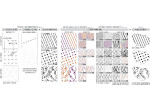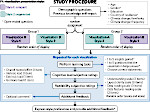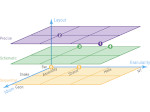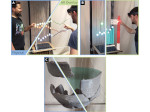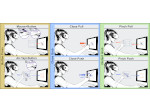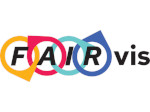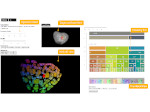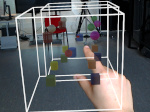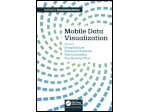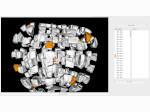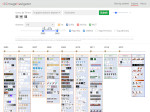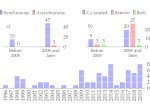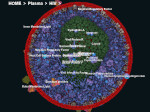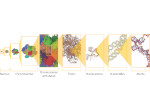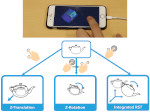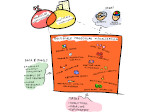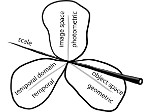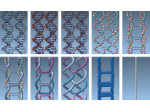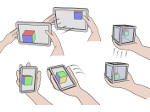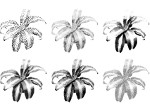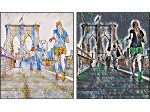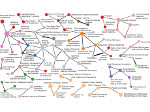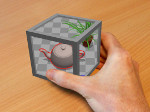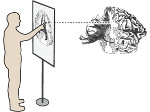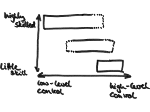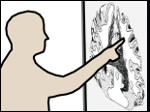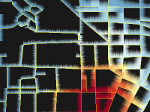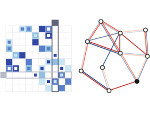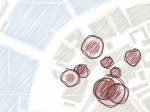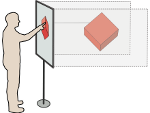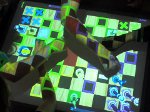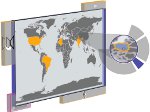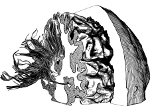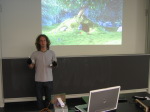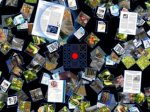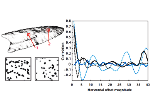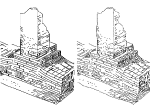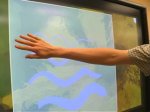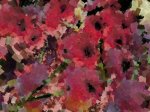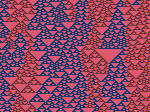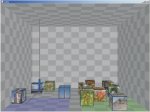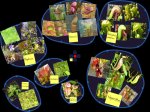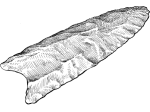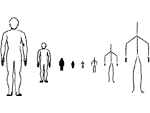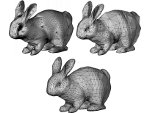Reframing Pattern: A Comprehensive Approach to a Composite Visual Variable
Description:
We present a new comprehensive theory for explaining, exploring, and using pattern as a visual variable in visualization. Although patterns have long been used for data encoding and continue to be valuable today, their conceptual foundations are precarious: the concepts and terminology used across the research literature and in practice is inconsistent, making it challenging to use patterns effectively and to conduct research to inform this widespread practice. To address this problem, we conduct a comprehensive cross-disciplinary literature review that clarifies ambiguities around the use of “pattern” and “texture”. As a result we offer a new consistent treatment of pattern as a composite visual variable composed of structured groups of graphic primitives that can serve as marks for encoding data individually and collectively. This new and widely applicable formulation opens a sizable design space for the visual variable pattern, which we formalize as a new pattern system characterized by three sets of variables: the spatial arrangement of primitives, the appearance relationships among primitives, and the retinal visual variables used on individual primitives. We show how our pattern system relates to existing visualization theory and highlight opportunities for visualization design. We further explore patterns based on complex spatial arrangements, demonstrating explanatory power and connecting our conceptualization to broader theory on maps and cartography. An author version and additional materials are available on OSF: osf.io/z7ae2.
Paper download:  (41.4 MB)
(41.4 MB)
Additional material:
We make several items of additional material available in the following OSF repository: osf.io/z7ae2.
Video:
paper presentation at IEEE  :
:
Get the video:
Pictures:
(this image as well as others from the paper that are our own are available under a  CC-BY 4.0 license, see the license statement at the end of the paper)
CC-BY 4.0 license, see the license statement at the end of the paper)
Cross-References:
- See the blog post by Richard Brath for further ideas on the use of patterns in visualization.
Main Reference:
Other Reference:
| Tingying He (2024) Encoding with Patterns: A Design Space and Evaluations. PhD thesis, Université Paris-Saclay, France, September 2024. | | ||
This work was done at the AVIZ project group of Inria, France, in collaboration with the giCentre of City St George's, University of London.
